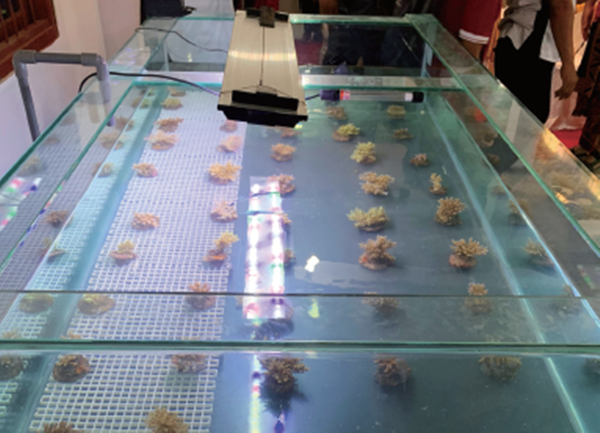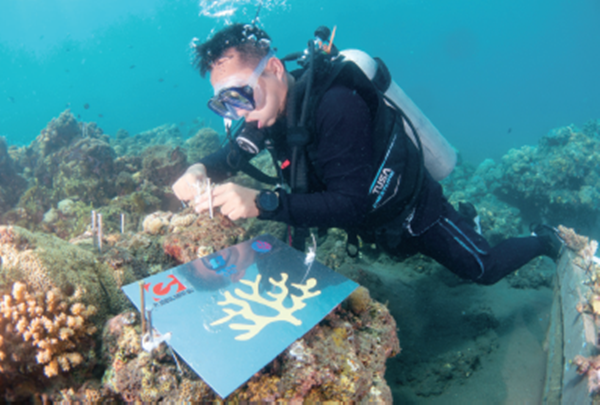On the North side of the Bali Island sits a village, where most of the villagers, generation by generation, have been making a living by fishing. Fu Ji, a lady who grew up there, recalled that in old days, power cuts often occurred three times a month and the longest blackout could reach nine hours. Villagers could only use kerosene lamps, candles and electric torches for illumination. Thanks to operation of a power plant on the northwest coast of the island, the beautiful island has now bidden farewell to power shortages and local development has become stronger.
The power station was built by China Huadian Engineering Co., Ltd., a wholly-owned subsidiary of China Huadian Corporation Ltd. (CHD). It has become the largest power station on Bali Island, providing stable, reliable and intensified power. The power generated from the station accounts for over 45 percent of the total electricity supply of the island. There are no more power cuts there nowadays and glittering lights can always be seen. Electricity prices are also cheaper than before.
Scientifically exploring to launch coral center
Coral is the cradle of biogenesis and coral reefs have been called "Tropical Rainforests of the Sea". For the past 20 years, types and quantity of corals and coral reefs in the coastal area of North Bali Island have been negatively impacted by tourism, breeding, fisheries and the El Nino climatic event.
In order to improve the situation, China Huadian Engineering Co., Ltd. joined hands with the Green Earth Foundation - an environmental protection organization based in Indonesia - and established a coral research and restoration center in 2019. The center mainly focuses on coral research in neighboring waters, tracing and analyzing their changes, and exploring solutions to issues that impact coral life.

A view of the corals grown in the coral research and restoration center [Photo provided to sasac.gov.cn]
The research of the center covers technological improvement of natural propagation and artificial breeding of corals, methods to transplant them, and classification of the corals' ecological and economic values. The improved technologies are expected to be of use in launching of the "Coral Farm" and in assessing the corals for improvements. In addition, the center also aims to make the best use of the basic materials during coral transplant to reduce damage to the current ecological environment.
Joined hands to develop coral farm
The power station joined hands with the expert team of the Chinese Academy of Sciences to conduct long-term observation and analysis of the underwater environment and the water quality of the coastal area of Northern Bali Island. Considering the research reports made by the coral research and restoration center and the wild-bred coral pilot tests in other areas, the two sides carried out a detailed analysis of the feasibility of restoration of the coral reefs in the coastal area of the Northern Bali Island and found an effective solution to problems.
In November 2019, the power station and the "Coral Planet", a Chinese scientific research team, selected various kinds of artificially-bred corals with consideration of the original coral species structures and transplanted them on some natural reefs where corals once grew, which was like planting a forest under the sea. A total of 500 coral seedlings were transplanted, covering about 200 square meters of natural reefs. So far, the coral coverage in the area has improved to 40 percent and it is expected to reach 70 percent in two years. By that time, the number of coral species is also expected to double.

A participant of the coral release activity releases corals under the sea. [Photo provided to sasac.gov.cn]
The launch of the coral center and the coral release activities will help raise the public's awareness of the importance of marine organism protection, which will promote harmony between humanity and the natural world.
(Executive editor: Li Zhiyong)